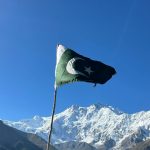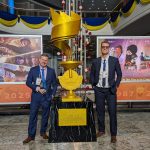After YPT learning about if and when the DPRK would reopen for tourism on our recent trip to China, we were told an extremely interesting fact. According to our sources, Panmunjom and Kaesong are closed to tourists for the foreseeable future.
The news was presented to us when we met about the reopening of the country in Beijing, before we went on to Dandong and further afield to Yanji and Tumen.
Why though is it closed and and how long might it remain off limits to tourists?
No to reunification
While Panmunjom and Kaesong being closed to tourists might seem a moot point while the country as a whole remains closed, there is more to the story than meets the eye.
A few months ago the North Korean leadership blew up the Reunification Arch, as well as stating that reunification was now “impossible”. It is believed it is for that reason that the area is now currently closed to tourism.
Lack of going here has been confirmed by the Russian, as well as political groups that have visited the DPRK this year.
Panmunjom and Kaesong are closed too tourism for what reason?
Quite simply and perhaps something people who have not been to DPR Korea might not realize is that reunification has been a key part of the state ideology of the country since its formation. This has been to such a degree that the two sides even fought over the matter.
During this period the DPRK promoted the concept of a Confederal Republic of Koryo, something that is now no longer policy.
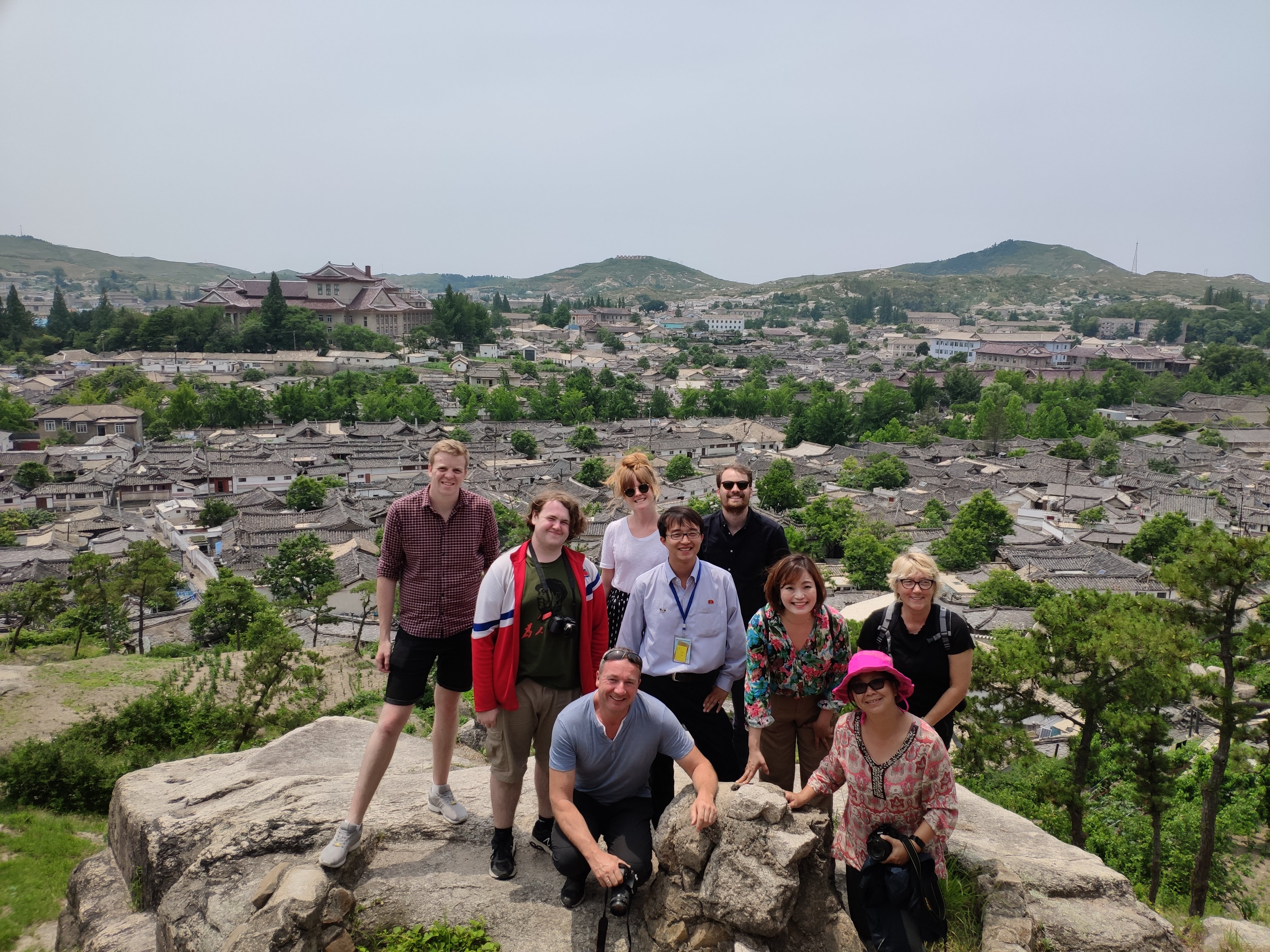
At Panmunjom and the DMZ these policies were heavily promoted meaning in essence that the whole impetus of the area, what has been built and what is translated to the western visitors doesn’t just need to be changed, but needs to be whole revamped.
It is believed that when this happens and whatever view said new policy takes then the DMZ may again reopen to tourism. But, with the immense work that this will take to change, one can assume safely that it will come after the country has finally reopened fully.
Other affects of an end to reunification
Yet it is not just as the DMZ, Panmunjom and Kaesong where changes were likely to be seen, with the phrase Tong Il (reunification) being ubiquitous with the state policy of the Workers Party of Korea.
This is, or at least was evident in everything from the name of streets and metro stations even to songs that people would sing to extol the virtues of unifying the peninsula. These, at least according to our local contacts would likely change and change soon.
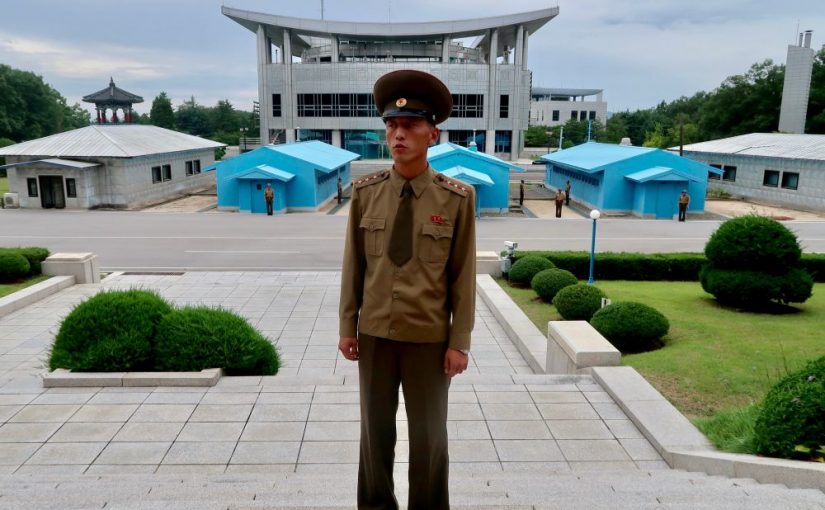
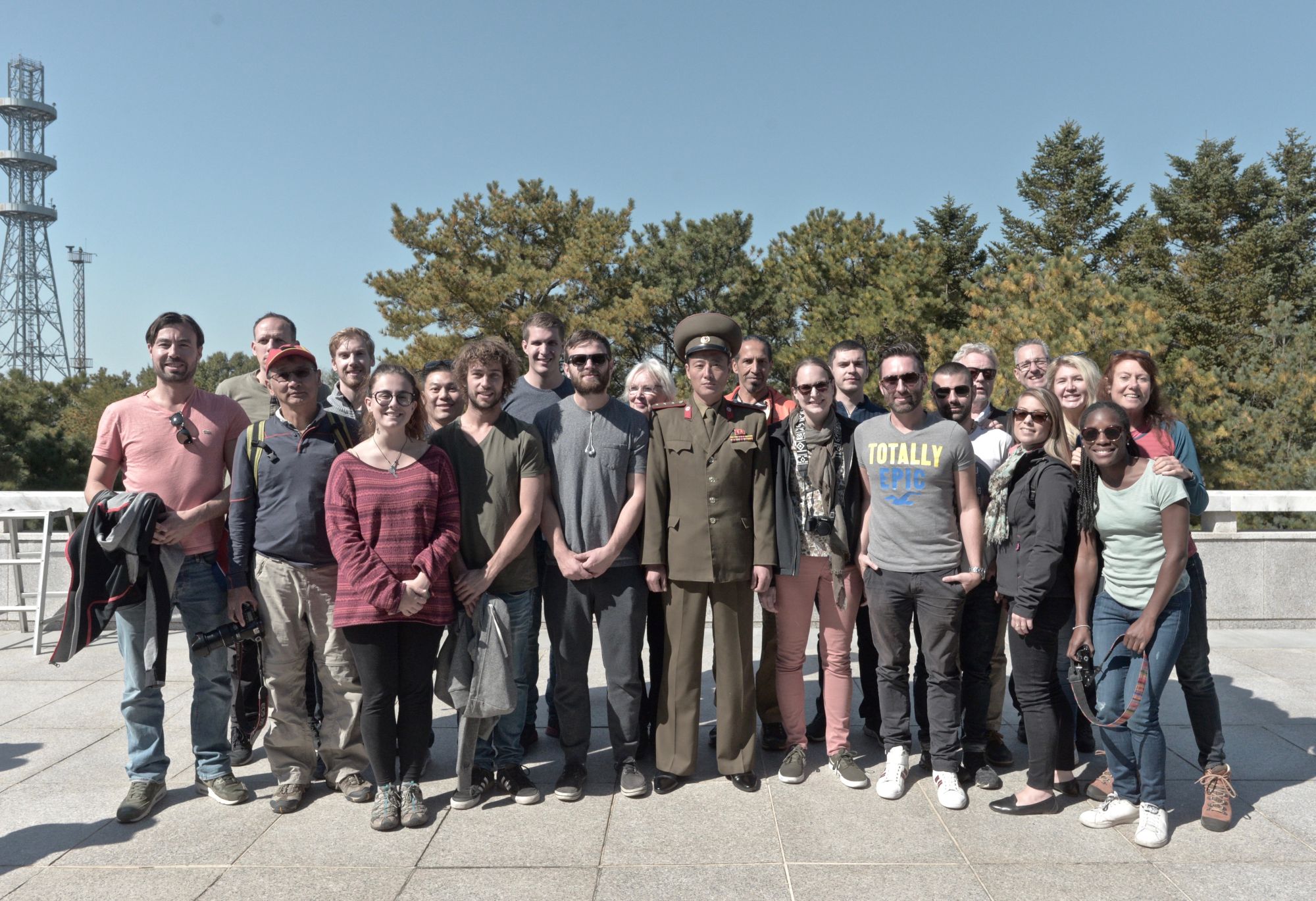
Thankfully for Tong Il Tours, they no longer run tours, so will be able to avoid any change of name.
And should the DPRK go through with all of these moves it will not only mark the end of an era, but also one of the biggest political shifts in the country since its formation.
As we have said and written about before, reunification is not only not easy, but lists far more failures than successes. Only recently we have seen Yemen fall apart, largely over North and South lines, while Germany still has issues to this day.
This is true even for some of the success stories, such as Vietnam, with the divide between the North and the former South Vietnam, still being considerable.
You can read our take on reunification here.
What happens next is anyone’s guess, we can but guarantee that where possible we will be there to witness is.
Click the link to see our North Korea Tours.



